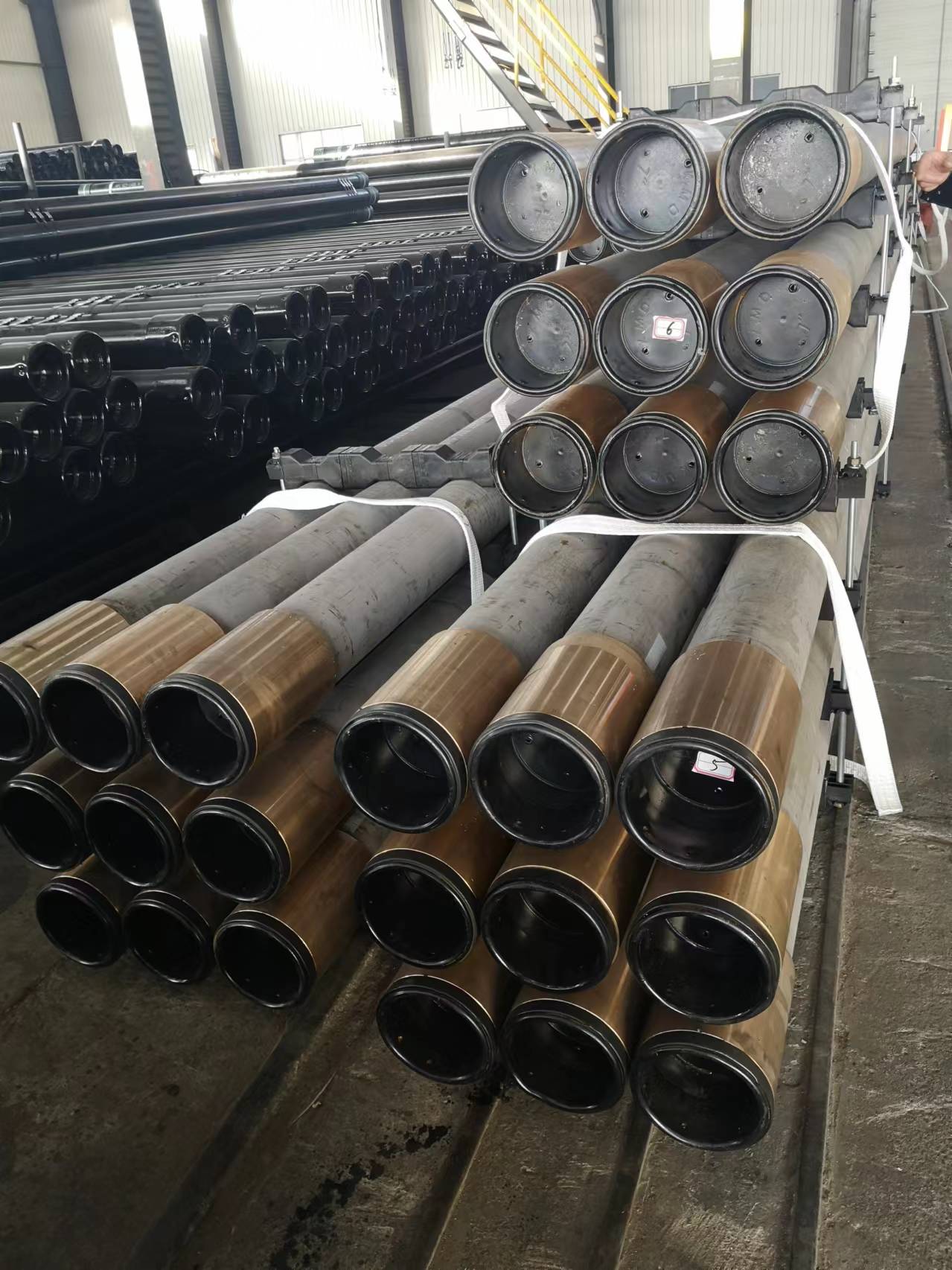- Afrikaans
- Albanian
- Amharic
- Arabic
- Armenian
- Azerbaijani
- Basque
- Belarusian
- Bengali
- Bosnian
- Bulgarian
- Catalan
- Cebuano
- Corsican
- Croatian
- Czech
- Danish
- Dutch
- English
- Esperanto
- Estonian
- Finnish
- French
- Frisian
- Galician
- Georgian
- German
- Greek
- Gujarati
- Haitian Creole
- hausa
- hawaiian
- Hebrew
- Hindi
- Miao
- Hungarian
- Icelandic
- igbo
- Indonesian
- irish
- Italian
- Japanese
- Javanese
- Kannada
- kazakh
- Khmer
- Rwandese
- Korean
- Kurdish
- Kyrgyz
- Lao
- Latin
- Latvian
- Lithuanian
- Luxembourgish
- Macedonian
- Malgashi
- Malay
- Malayalam
- Maltese
- Maori
- Marathi
- Mongolian
- Myanmar
- Nepali
- Norwegian
- Norwegian
- Occitan
- Pashto
- Persian
- Polish
- Portuguese
- Punjabi
- Romanian
- Russian
- Samoan
- Scottish Gaelic
- Serbian
- Sesotho
- Shona
- Sindhi
- Sinhala
- Slovak
- Slovenian
- Somali
- Spanish
- Sundanese
- Swahili
- Swedish
- Tagalog
- Tajik
- Tamil
- Tatar
- Telugu
- Thai
- Turkish
- Turkmen
- Ukrainian
- Urdu
- Uighur
- Uzbek
- Vietnamese
- Welsh
- Bantu
- Yiddish
- Yoruba
- Zulu
Understanding the Role and Application of Casing Pup Joints in Oil and Gas Operations
Casing Pup Joints Key Components in Oil and Gas Operations
In the oil and gas industry, efficient drilling and production operations hinge on the reliability of various components used in the construction and maintenance of wells. One such crucial element is the casing pup joint. These relatively small yet significant segments serve an essential role in ensuring the stability and functionality of well systems during drilling, completion, and production activities.
What Is a Casing Pup Joint?
A casing pup joint is a short piece of casing pipe that is typically shorter than standard casing lengths, usually ranging from 2 to 10 feet in length
. These joints are used to adjust the overall length of casing strings to achieve the desired depth or to provide flexibility in well designs. Casing pup joints are often employed in scenarios where slight adjustments to the casing length are necessary, such as when connecting different sections of casing or compensating for the deviation of the wellbore.Applications of Casing Pup Joints
Casing pup joints find their primary application in oil and gas wells. When drilling operations are executed, the borehole can deviate from the planned trajectory. This deviation might necessitate the use of casing pup joints to maintain the integrity of the casing structure. They are commonly used in various well construction and maintenance contexts, including
1. Well Completion Casing pup joints help to connect different sections of casing, ensuring that the entire wellbore is properly cased and sealed. This is particularly important in preventing the influx of unwanted fluids from surrounding rock formations.
casing pup joint

2. Formation Integration Different geological formations may require adjustments to casing lengths. Casing pup joints allow operators to tailor the casing string to match these unique conditions without the need for custom-length casings, which can be costly and time-consuming to manufacture.
3. Technical Flexibility In complex wells, flexibility in casing design is critical. Casing pup joints help to accommodate changes in well design, such as alterations in drill path or depth, providing engineers with the versatility needed to adapt to real-time conditions.
4. Cementing Operations Proper cementing is essential for isolating different zones within a wellbore. Casing pup joints can be utilized to optimize cementing operations, ensuring a good bond between the casing and the surrounding formation and preventing leaks that can lead to production losses or environmental issues.
Material Composition and Specifications
Casing pup joints are generally made from high-strength steel and must meet specific industry standards for safety and performance. They are available in various grades, including API (American Petroleum Institute) grades, which designate the strength and suitability of the steel for specific applications. These joints may also come with different thread configurations to ensure compatibility with other casing components.
Conclusion
In conclusion, casing pup joints, while often overlooked, are vital components in the oil and gas industry's drilling and production operations. Their ability to provide precise adjustments in casing lengths enables operators to counteract geological challenges and maintain the integrity of well structures. As the industry continues to evolve towards more complex well designs and deeper drilling, the importance of reliable components like pup joints will only grow. Understanding the capabilities and applications of casing pup joints can contribute significantly to enhancing overall operational efficiency and safety in oil and gas production.
-
Tubing Pup Joints: Essential Components for Oil and Gas OperationsNewsJul.10,2025
-
Pup Joints: Essential Components for Reliable Drilling OperationsNewsJul.10,2025
-
Pipe Couplings: Connecting Your World EfficientlyNewsJul.10,2025
-
Mastering Oilfield Operations with Quality Tubing and CasingNewsJul.10,2025
-
High-Quality Casing Couplings for Every NeedNewsJul.10,2025
-
Boost Your Drilling Efficiency with Premium Crossover Tools & Seating NipplesNewsJul.10,2025







